SUVs have evolved far beyond their humble beginnings as boxy, slow-moving utility vehicles. Today, some SUVs rival supercars in straight-line speed, capable of sprinting from 0 to 60 mph in under four seconds.
At the same time, other models on the market still embrace a more traditional formula—prioritizing durability, off-road ability, or fuel economy over speed.
The performance gap between the fastest and slowest SUVs has never been wider, and that contrast tells us a lot about the diversity of the SUV category.
In one corner, you have speed demons like the Lamborghini Urus or Tesla Model X Plaid, offering blistering acceleration wrapped in utility-focused bodies. These are engineering marvels—proof that power and practicality can coexist.
But on the other end are slow, lumbering models—often hybrids, off-roaders, or budget builds—where 0–60 takes over ten seconds and patience becomes a virtue.
This list explores five of the fastest and five of the slowest SUVs currently available, not to shame or praise, but to illustrate just how broad the modern SUV spectrum has become.
Whether you’re a thrill-seeker looking for instant torque or a practical buyer willing to trade speed for efficiency or affordability, there’s an SUV out there for you. Let’s take a closer look—starting with the fastest.
Also Read: 5 Hybrids With Smoothest Engine-To-Motor Transitions And 5 That Jerk
5 SUVs With Fastest 0–60 MPH
Speed used to be the exclusive domain of sleek sports cars and low-slung coupes, but not anymore. In today’s automotive world, SUVs are no longer just about space, comfort, or utility—they’re also about performance.
The modern high-performance SUV blends practicality with eye-watering speed, offering the ability to haul groceries, kids, and serious horsepower all in one exhilarating package.
Automakers have embraced the challenge of defying physics, stuffing larger vehicles with engines that would make a muscle car blush.
We’re talking about twin-turbo V8s, advanced electric motors, launch control systems, and ultra-grippy all-wheel drive setups—all working together to push these high-riding beasts from 0 to 60 mph in mere seconds.
It’s a mechanical arms race among brands like Tesla, Lamborghini, BMW, Porsche, and Jeep, each trying to outgun the other in a segment no one expected to become so competitive.
But why does this matter? Because it’s a statement. A fast SUV isn’t just about getting somewhere quickly—it’s about rethinking what a utility vehicle can do. These machines blur the line between luxury, performance, and practicality.
For many drivers, they represent the ideal compromise: sports car thrills with daily-driver versatility.
This list highlights five of the fastest SUVs available today, each capable of hitting 60 mph in the blink of an eye. These aren’t “fast for an SUV”—they’re just plain fast, period.
And as we explore them, we’ll break down the powertrains, acceleration figures, and what makes each model stand out in a market crowded with contenders.
If you’ve ever doubted the capability of an SUV to deliver true high-performance driving, these five machines are here to change your mind—permanently.
1. Tesla Model X Plaid (2025)
0–60 MPH: 2.5 seconds
The 2025 Tesla Model X Plaid is not just the fastest SUV in Tesla’s lineup—it’s one of the fastest-accelerating production vehicles on the planet.
With an official 0–60 mph time of just 2.5 seconds, the Model X Plaid obliterates performance expectations for a three-row electric SUV weighing over 5,000 pounds. This is not a “fast for its size” situation—it’s faster than most Ferraris, Lamborghinis, and Porsches.
How does it achieve this? The Model X Plaid features a tri-motor all-wheel-drive system, delivering over 1,020 horsepower with instantaneous torque delivery.
The dual motors on the rear axle provide independent torque control to each wheel, while the single front motor ensures immediate off-the-line grip.
Tesla’s smart traction software and optimized weight distribution make every launch repeatable and drama-free. This means brutal acceleration without the wheel spin or unpredictability of traditional high-powered vehicles.
But what makes the Model X Plaid especially absurd is that it can deliver this performance while seating up to seven passengers in a whisper-quiet cabin with panoramic views.
It doesn’t just fly—it does so with a 17-inch touchscreen, autopilot functionality, and over 300 miles of range. It’s a spaceship disguised as a family hauler.
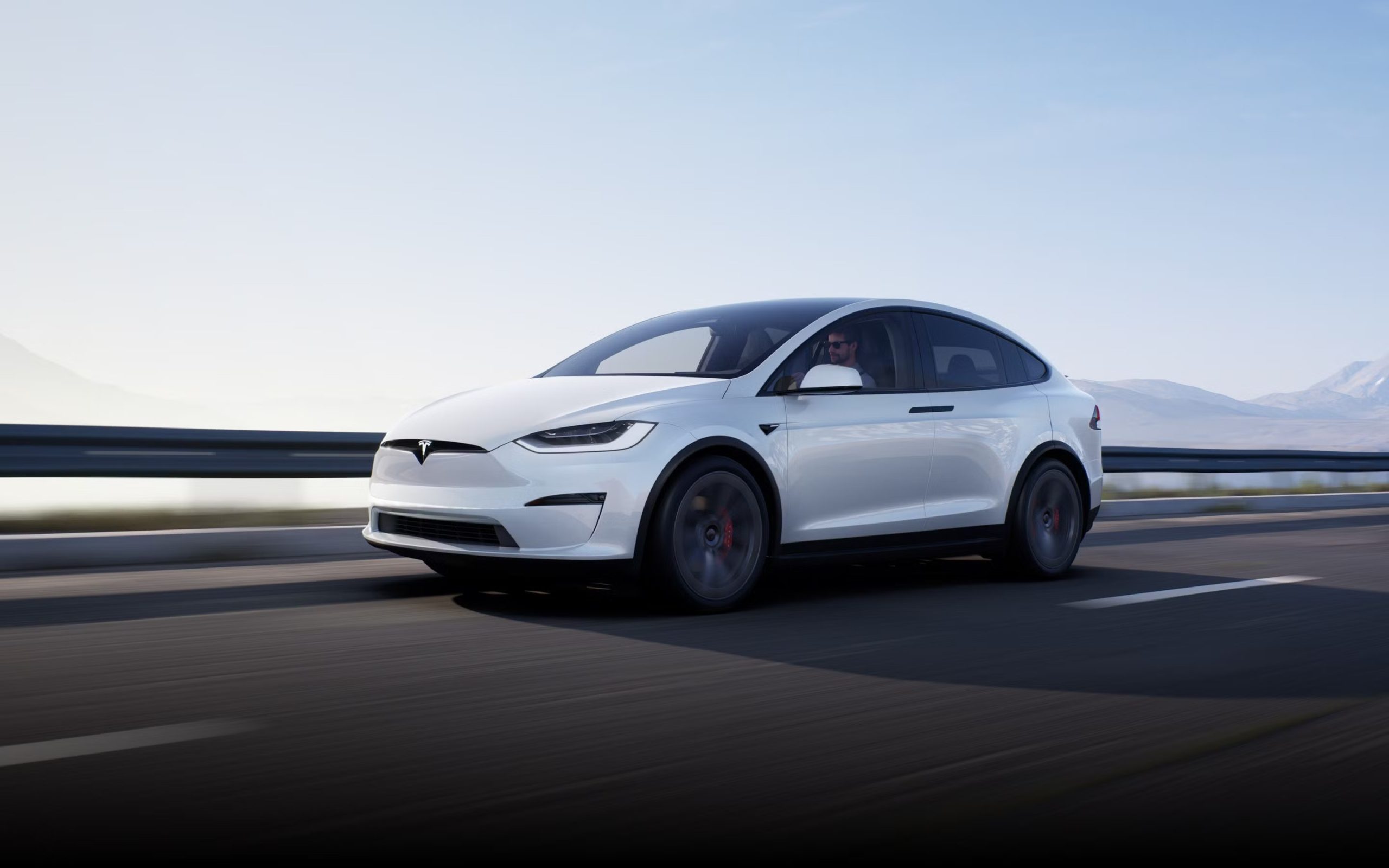
Of course, all that power comes at a price. The Plaid version isn’t cheap, and with great speed comes great battery drain if driven aggressively.
Still, nothing else on the market combines acceleration, practicality, and tech like this. There’s no shifting, no engine noise—just press the pedal, and you’re gone.
If your goal is to own the fastest SUV with zero compromise on luxury or futuristic appeal, the Tesla Model X Plaid sets a benchmark that few others even dare to challenge.
2. Lamborghini Urus Performante (2025)
0–60 MPH: 3.1 seconds
The 2025 Lamborghini Urus Performante redefines what it means to be a performance SUV.
Built by a brand synonymous with speed and exotic flair, the Urus takes everything Lamborghini knows about racing and packages it into a hulking, high-riding machine that rockets from 0 to 60 mph in just 3.1 seconds.
That’s supercar acceleration—delivered by a vehicle that can haul groceries, carve mountain roads, and still make an entrance at a luxury hotel.
At the heart of the Urus Performante is a 4.0-liter twin-turbocharged V8 producing 657 horsepower and 627 lb-ft of torque. It’s paired with an 8-speed automatic transmission and a lightning-quick all-wheel-drive system.
Launch control is savage: hit the pedal, and the Urus squats slightly before unleashing a brutal thrust forward, accompanied by a ferocious exhaust note that makes sure the entire neighborhood knows you’ve arrived—or departed.
The Performante version goes even further than the standard Urus, shedding weight through carbon fiber components, adding a titanium exhaust, and recalibrating the suspension for sharper handling.
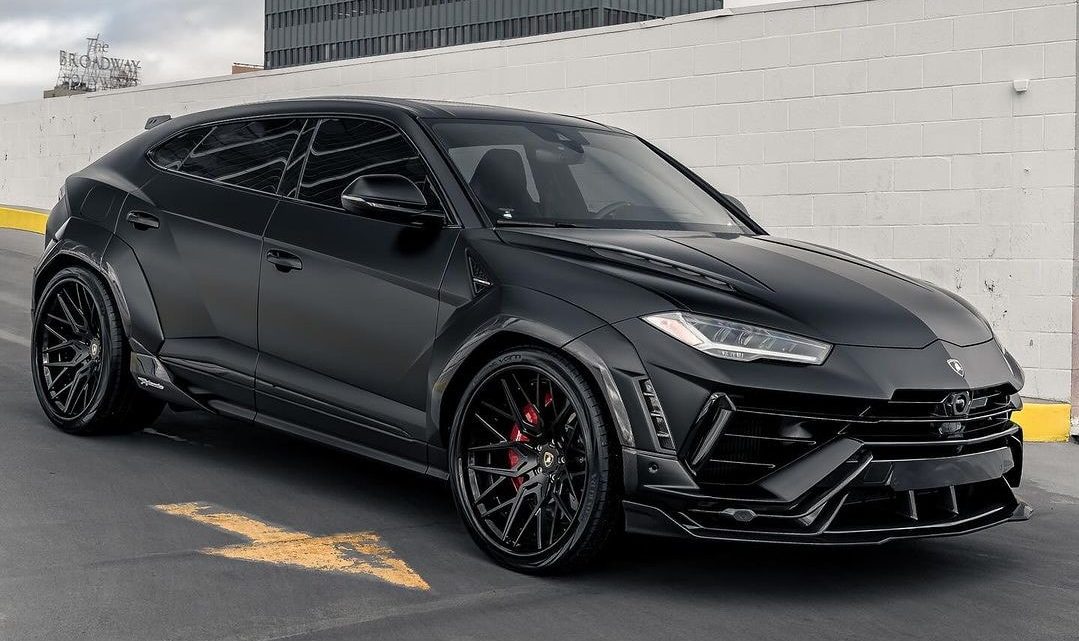
It also sits lower and features more aggressive aerodynamics, making it faster and more agile on both the street and track.
But what’s most striking about the Urus Performante is how seamlessly it blends its supercar DNA with real-world usability. It has five usable seats, a decently sized cargo area, and can even tow up to 7,000 pounds—something no Huracán or Aventador could ever dream of.
Sure, it’s expensive. And yes, it drinks premium fuel like a camel at a desert oasis. But it’s also one of the most ridiculous, thrilling, and capable SUVs ever built.
If you want luxury, power, and drama in a single package, the Lamborghini Urus Performante is impossible to ignore.
3. Porsche Cayenne Turbo GT (2025)
0–60 MPH: 3.1 seconds
The 2025 Porsche Cayenne Turbo GT may not wear the badge of an exotic supercar, but don’t let that fool you—this is one of the quickest SUVs money can buy.
With a blistering 0–60 mph time of just 3.1 seconds, it matches the Lamborghini Urus in acceleration while offering a slightly more understated, driver-focused package.
Porsche calls it an SUV, but it behaves more like a sports coupe that just happens to seat five and offer usable cargo space.
Under the hood lies a 4.0-liter twin-turbocharged V8 that puts out 650 horsepower and 626 lb-ft of torque, funneled through an 8-speed Tiptronic S automatic and Porsche’s renowned all-wheel-drive system.
The result is lightning-quick launches, razor-sharp cornering, and a level of chassis control that feels almost unnatural for an SUV weighing over 5,000 pounds.
What separates the Cayenne Turbo GT from rivals is Porsche’s obsessive attention to detail. Every part of the vehicle—from its lowered adaptive suspension, rear-axle steering, and carbon-ceramic brakes, to its active aero systems—is engineered to deliver surgical handling and relentless speed.
It laps the Nürburgring faster than many sports sedans and some purpose-built performance cars.
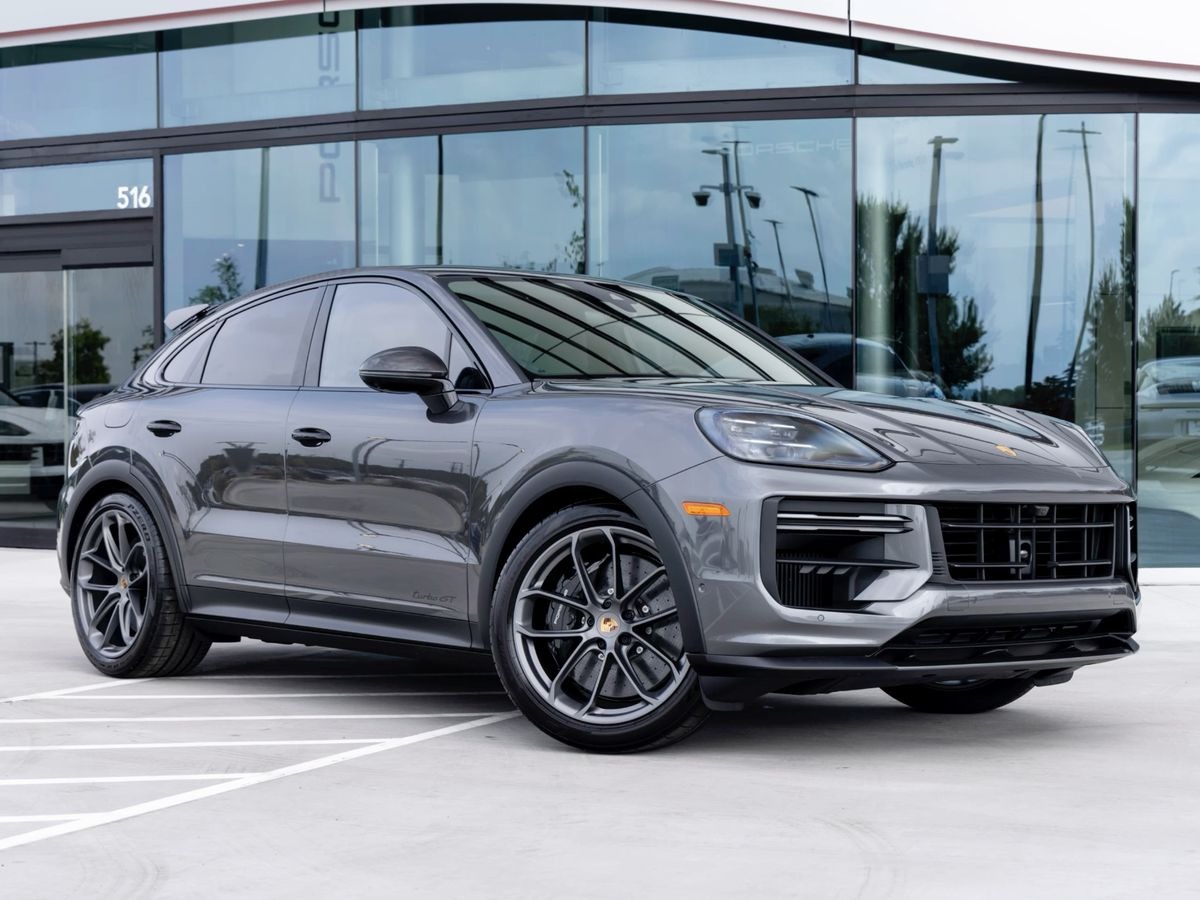
Inside, the Turbo GT offers a snug, Alcantara-lined cabin with sporty bucket seats, a redesigned infotainment system, and all the refinement you’d expect in a six-figure Porsche. It feels premium yet purpose-driven—a place to focus and drive, not just cruise.
This Cayenne doesn’t pretend to be practical first—it’s proudly built for the driving enthusiast who wants Porsche GT speed without leaving SUV territory.
Whether you’re on a racetrack or your morning commute, it delivers precision, thrill, and luxury in every second of acceleration.
4. BMW XM Label Red (2025)
0–60 MPH: 3.7 seconds
The 2025 BMW XM Label Red is a bold and unorthodox performance SUV—both in styling and powertrain. As BMW M Division’s first standalone SUV and plug-in hybrid, it defies conventional categories.
But what’s not debatable is its straight-line speed. With a 0–60 mph time of just 3.7 seconds, the XM Label Red is the most powerful production BMW ever made, making it a heavyweight contender in the high-performance SUV arms race.
Powering this electrified beast is a 4.4-liter twin-turbocharged V8, paired with an electric motor, for a combined output of 738 horsepower and 738 lb-ft of torque.
The hybrid system not only enhances performance, but also adds a touch of efficiency, allowing for short bursts of electric-only driving. BMW’s xDrive all-wheel drive ensures the power hits the pavement with little drama, while adaptive M suspension keeps it remarkably composed through corners.
The XM Label Red is about excess—from its oversized kidney grilles and aggressive body lines to the bold red accents and high-lux cabin.
The interior is plush, decked out with Merino leather, ambient lighting, and a curved digital display that blends luxury with digital edge. Rear seats are sculpted for comfort, making it both a driver’s tool and a status symbol.
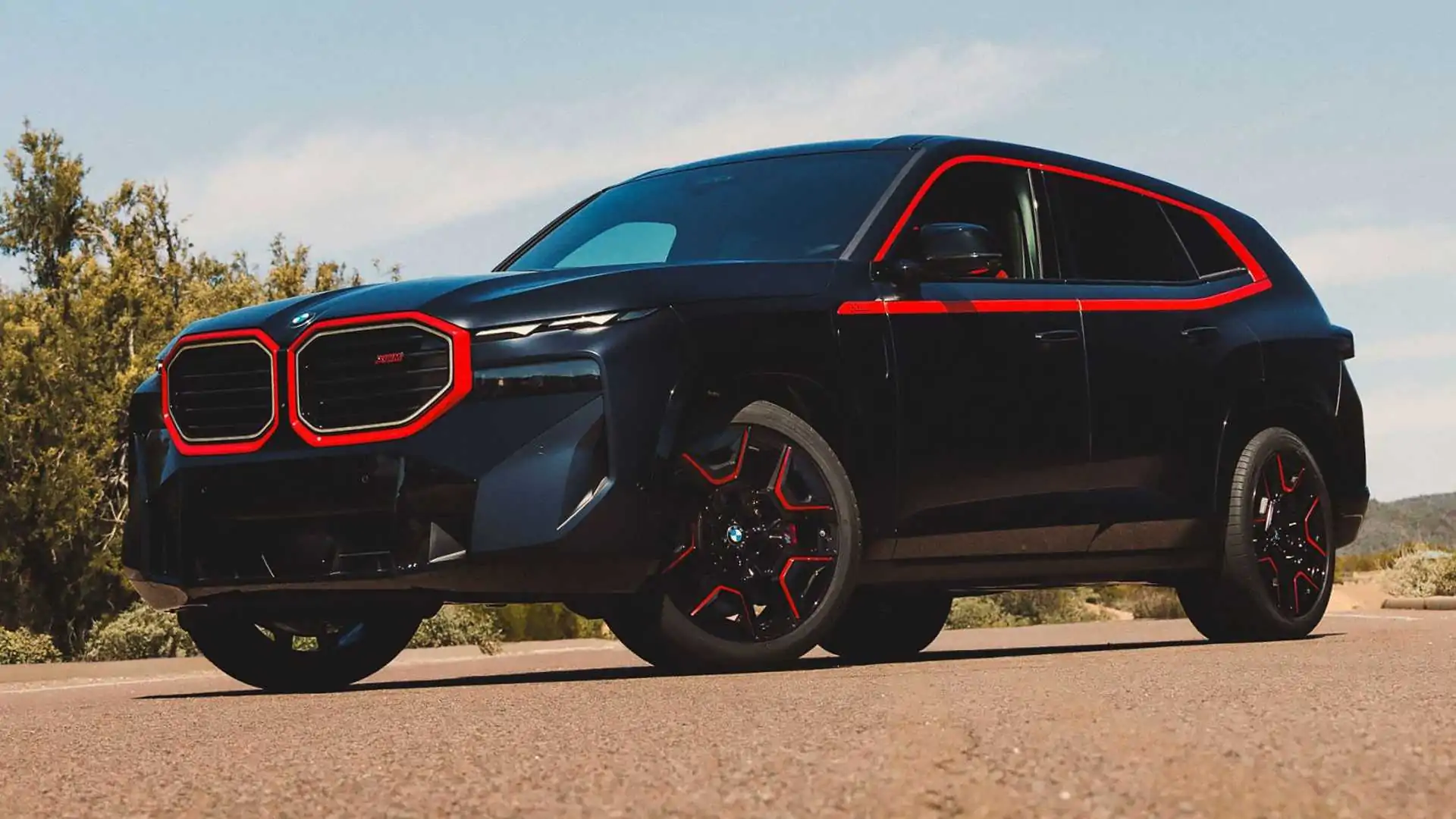
Though it weighs over 6,000 pounds, the XM Label Red feels startlingly agile thanks to M-specific chassis tuning and performance-tuned electronics.
It’s more polarizing than the understated Porsche Cayenne or even the exotic Urus, but it carves out its own niche: one for buyers who want performance, tech, and an unmistakably bold presence.
It may not be everyone’s cup of tea visually, but when it comes to acceleration and power delivery, the BMW XM Label Red leaves no doubt: this SUV is a monster.
5. Aston Martin DBX707 (2025)
0–60 MPH: 3.1 seconds
The 2025 Aston Martin DBX707 isn’t just a fast SUV—it’s a statement from a legendary British marque known more for grand tourers than family haulers.
But with a 0–60 mph time of just 3.1 seconds, the DBX707 boldly claims its place among the elite performers in the SUV world, bringing handcrafted luxury and top-tier dynamics into one ferocious package.
Underneath its sleek, sculpted body lies a heavily reworked version of Mercedes-AMG’s 4.0-liter twin-turbo V8, tuned by Aston Martin to deliver a staggering 697 horsepower (707 metric horsepower, hence the name) and 663 lb-ft of torque.
This engine is paired with a 9-speed wet-clutch automatic transmission and an advanced all-wheel-drive system that can send 100% of power to the rear wheels when needed, offering both traction and playfulness.
While the DBX707’s straight-line performance is jaw-dropping, it’s not a one-trick pony. Adaptive triple-chamber air suspension, active roll control, and carbon ceramic brakes make it surprisingly nimble for its size. It corners with poise, responds instantly, and never loses its composure—even at triple-digit speeds.
Inside, Aston Martin delivers its trademark craftsmanship. From quilted leather seats to a hand-finished dashboard, the cabin oozes sophistication.
It may lack the tech overdose of Tesla or BMW, but it compensates with analog charm and a sense of occasion. It’s not just fast—it’s special.
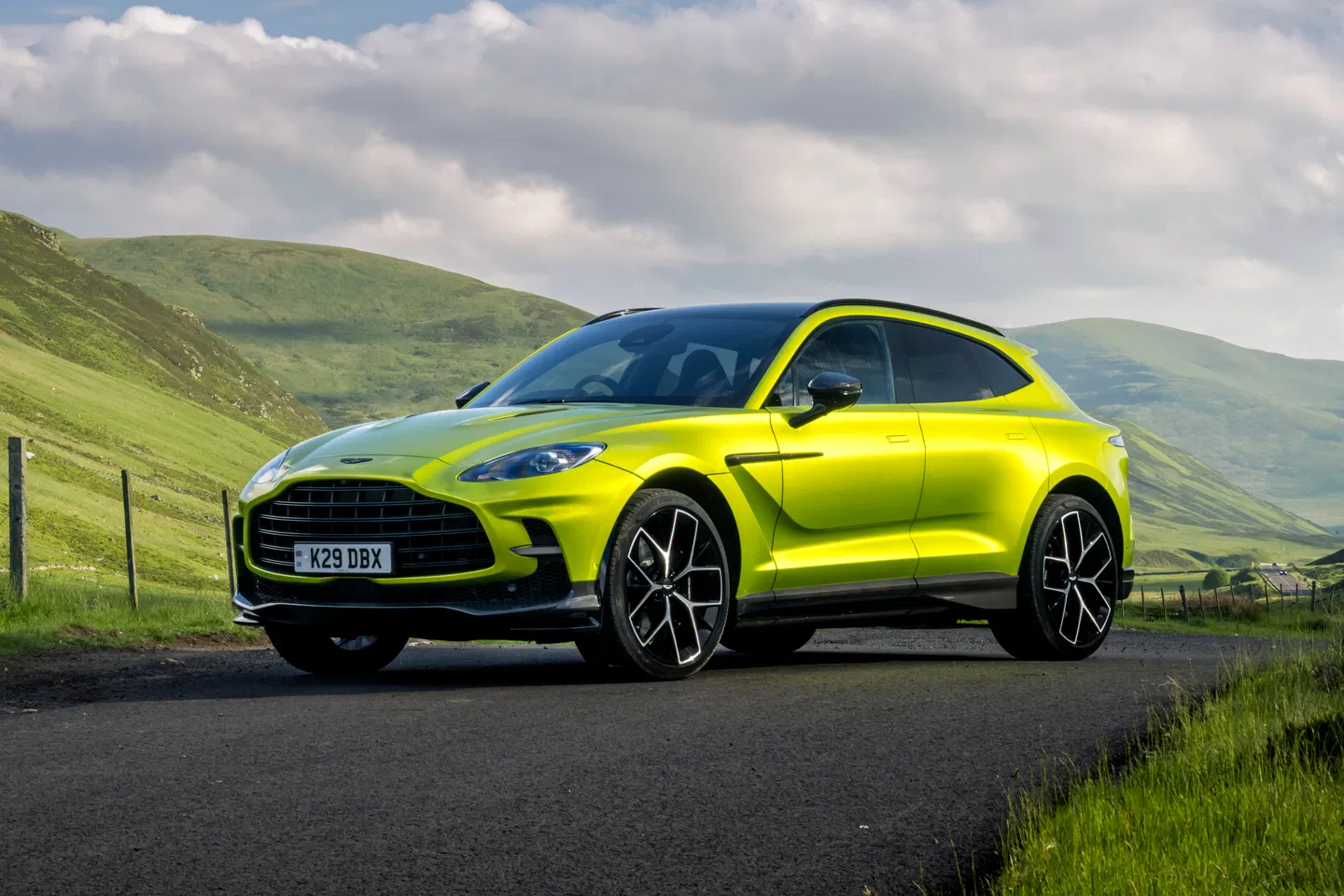
Unlike flashier rivals, the DBX707 opts for elegance over aggression. Its design is subtle yet commanding, appealing to those who want speed wrapped in understated luxury.
It’s the kind of SUV that blends track capability with Bond-movie cool, proving that performance doesn’t need to scream—it can whisper confidently.
If you want high-speed thrills without sacrificing heritage, grace, or exclusivity, the DBX707 offers one of the most balanced and refined driving experiences in the fast SUV segment.
5 SUVs With the Slowest 0–60 MPH
Not every SUV is designed to race from stoplights or compete on the Nürburgring. In fact, for a significant portion of the market, speed is far down the priority list.
These buyers care more about fuel economy, durability, affordability, or rugged off-road ability than shaving seconds off the sprint to 60 mph. And that’s where the slower side of the SUV spectrum comes into view.
In today’s automotive landscape, 0–60 mph times north of 10 seconds aren’t necessarily a flaw—they’re often a conscious trade-off.
Whether it’s a hybrid system focused on efficiency, a naturally aspirated four-cylinder engine tuned for longevity, or a heavy-duty off-roader prioritizing torque over speed, these SUVs accept slowness in exchange for strengths elsewhere.
That said, sluggish acceleration can still be frustrating, especially in situations like highway merging or overtaking, where every second matters.
This list highlights five of the slowest SUVs currently on sale, each with a 0–60 mph time that reflects its design intent—or limitations.
From compact budget options to burly trail climbers, they remind us that performance isn’t everything in the SUV world. And while these vehicles may be slow, that doesn’t make them bad—just specialized.
The purpose here isn’t to mock slow acceleration, but to emphasize awareness. Many buyers don’t realize how lethargic their new SUV might be until they’re struggling up a freeway on-ramp. Informed decisions matter, especially when performance could affect safety, convenience, or driver confidence.
So, if you’re in the market for an SUV and care about how quickly it moves when you ask it to, these are the models to watch out for—or avoid—depending on your expectations.
Let’s explore the slowest of the slow, beginning with a familiar face in the subcompact hybrid segment.
1. Toyota Corolla Cross Hybrid (2025)
0–60 MPH: 9.2 seconds
The 2025 Toyota Corolla Cross Hybrid is a perfect example of a slow SUV that serves its purpose incredibly well—just not in the performance department.
With a 0–60 mph time of 9.2 seconds, this subcompact crossover is not winning any drag races, but it also doesn’t need to. Toyota designed the Corolla Cross Hybrid with one key goal in mind: efficiency.
Powered by a 2.0-liter four-cylinder engine paired with Toyota’s fifth-generation hybrid system, the Corolla Cross Hybrid generates a modest 196 horsepower.
It uses an electronic all-wheel-drive system, which sends power to the rear wheels only when extra traction is needed. The continuously variable transmission (CVT) helps maximize efficiency but sacrifices responsiveness—especially under sudden throttle input.
While the off-the-line performance is uninspiring, this SUV’s strengths lie in its EPA-estimated 42 MPG combined fuel economy rating, quiet ride, and Toyota’s reputation for reliability.
For commuters, urban dwellers, or budget-conscious families, the Corolla Cross Hybrid provides a solid, no-fuss driving experience. It’s easy to maneuver, affordable to own, and packed with safety features like adaptive cruise control and lane-keeping assist.
Still, buyers expecting a peppy drive or confident highway merging may find the acceleration underwhelming. The power delivery is smooth but sluggish, particularly when the vehicle is loaded with passengers or cargo. That said, it’s not dangerous—just slow by modern standards.
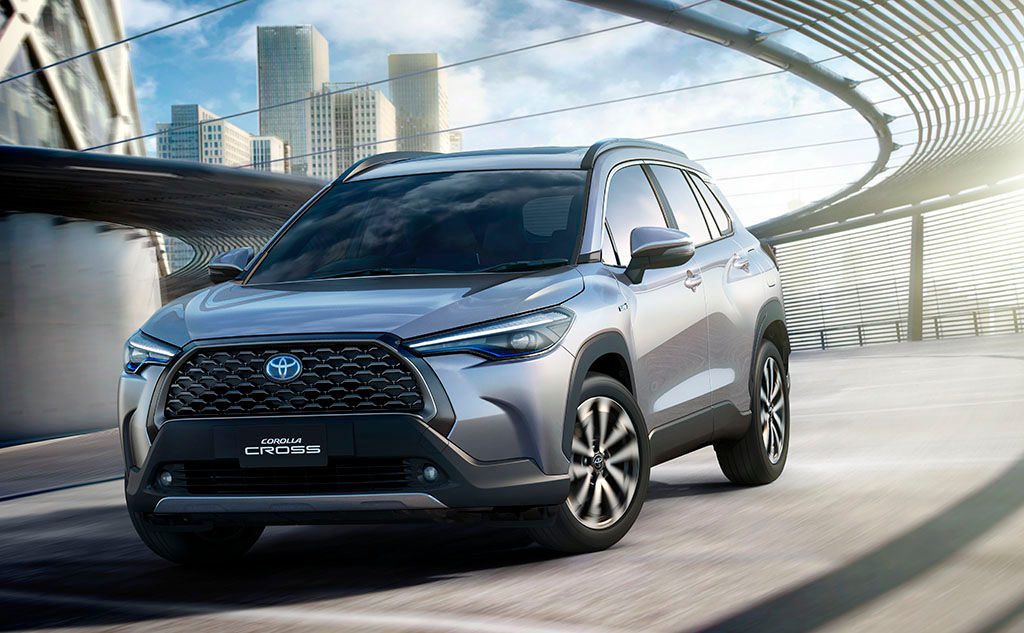
Toyota isn’t trying to impress performance junkies with this model. The Corolla Cross Hybrid appeals to practical drivers who value economy over excitement. And for them, a sub-10-second 0–60 time is perfectly acceptable.
But for drivers who care about responsiveness, merging power, or even just a bit of fun behind the wheel, this SUV might feel a step too slow—especially when you’re in a hurry and it isn’t.
2. Mitsubishi Outlander PHEV (2025)
0–60 MPH: 9.5 seconds
The 2025 Mitsubishi Outlander PHEV (Plug-in Hybrid Electric Vehicle) offers a compelling mix of electric driving and long-range capability, but it comes at the cost of acceleration.
With a 0–60 mph time of 9.5 seconds, the Outlander PHEV is one of the slowest midsize SUVs in its segment, especially when compared to other electrified options.
Its powertrain consists of a 2.4-liter four-cylinder gasoline engine paired with two electric motors—one on each axle—to deliver a combined 248 horsepower.
While that sounds competitive on paper, the real-world performance feels dulled by the vehicle’s hefty curb weight (well over 4,700 pounds) and conservative programming that prioritizes fuel economy and electric range over raw output.
In all-electric mode, the Outlander PHEV can travel up to 38 miles, which is ideal for short commutes. Once the battery is depleted, the vehicle switches seamlessly to hybrid operation.
The transitions are smooth, but the overall power delivery lacks urgency, especially when merging onto highways or attempting to pass slower traffic. Its single-speed transmission doesn’t help much in creating a sense of immediacy.
That said, the Outlander PHEV isn’t trying to be quick—it’s designed for buyers who value efficiency, flexibility, and comfort.
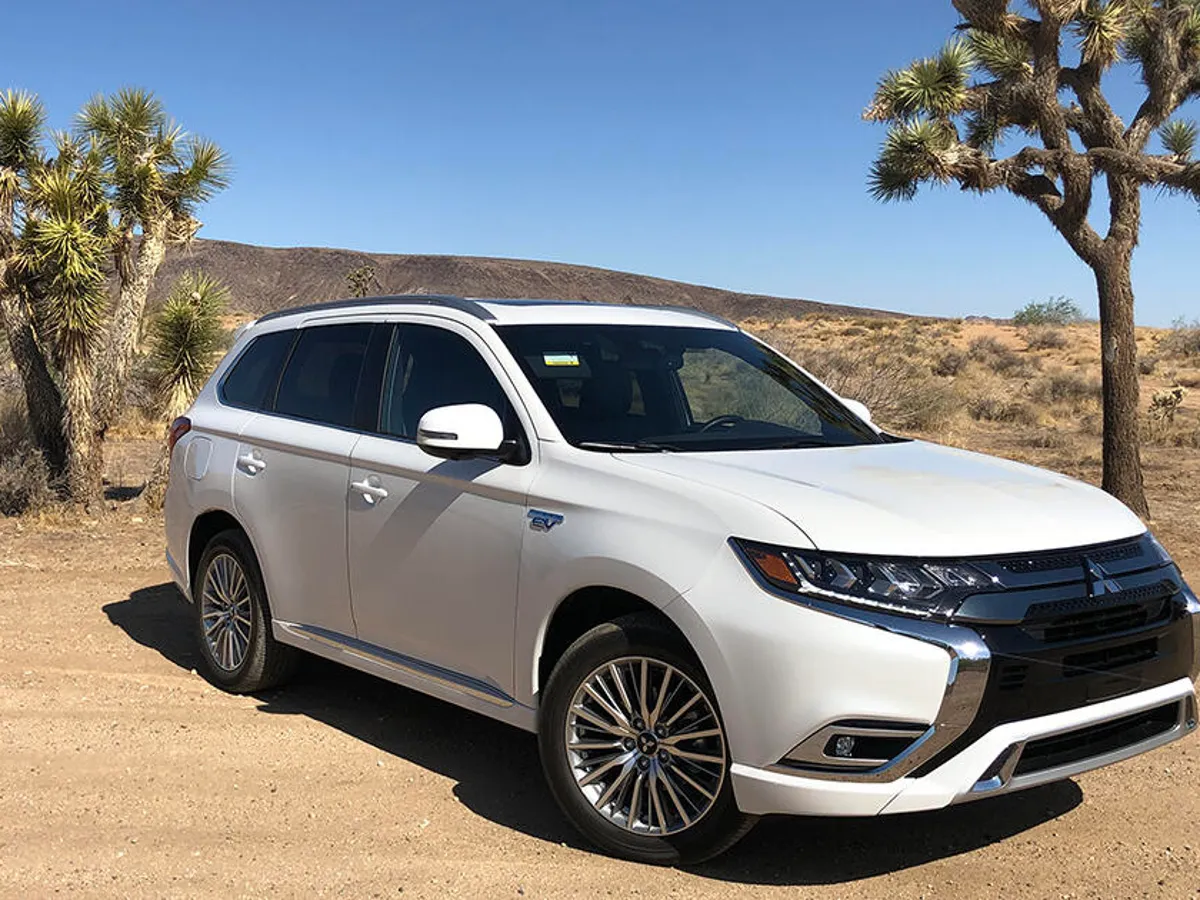
Its interior is refined, spacious, and well-equipped with modern tech features. There’s seating for up to seven in some trims, and its regenerative braking modes offer some customization for driving feel.
The problem arises when the driver expects performance to match appearance. With its sculpted design and aggressive face, the Outlander looks fast—but doesn’t move like it. Acceleration is merely adequate, and any attempt to demand more will highlight its sluggish tendencies.
In essence, the Outlander PHEV succeeds in its mission of blending plug-in tech with SUV practicality, but it’s not the SUV for impatient drivers or those looking for quick takeoffs.
3. Subaru Ascent (2025)
0–60 MPH: 8.9 seconds
The 2025 Subaru Ascent is a three-row midsize SUV that emphasizes safety, space, and standard all-wheel drive, but it lags when it comes to acceleration.
With a 0–60 mph time of 8.9 seconds, it’s noticeably slower than many of its direct competitors—especially in highway merging or full-load situations.
Powering the Ascent is a 2.4-liter turbocharged four-cylinder engine producing 260 horsepower and 277 lb-ft of torque, mated to a continuously variable transmission (CVT). While the numbers suggest respectable performance, the driving experience tells a different story.
The CVT, tuned for efficiency and smoothness, saps much of the turbo’s potential. Throttle response is delayed, and the power delivery can feel stretched, especially when climbing hills or carrying seven passengers.
That said, the Ascent is not built for thrills—it’s engineered for families. It shines in comfort, practicality, and inclement weather capability, thanks to Subaru’s symmetrical all-wheel-drive system and generous ground clearance.
The interior is roomy, with flexible seating, up to 86.5 cubic feet of cargo space, and a strong suite of standard driver-assistance features like adaptive cruise control, lane-centering, and forward collision warning.
Still, even daily commuting can highlight the Ascent’s lack of urgency. Whether you’re trying to beat a yellow light or pass a semi on the highway, you’ll need to plan ahead.

The noise from the engine under hard acceleration doesn’t help—there’s a noticeable drone at higher revs, which makes the vehicle feel more strained than swift.
Buyers looking at the Ascent generally prioritize value, safety, and all-weather reliability, and on those counts, it delivers.
But for anyone who cares about how quickly a large SUV can get up to speed—especially with a full load of passengers—there are quicker and more engaging options on the market.
4. Chevrolet Trax (2025)
0–60 MPH: 9.6 seconds
The 2025 Chevrolet Trax proves that budget-friendly doesn’t always mean painfully slow—but it definitely doesn’t mean fast either.
With a 0–60 mph time of 9.6 seconds, the Trax falls behind most modern crossovers in terms of acceleration, and its powertrain leaves little room for urgency when the situation demands it.
At the heart of the Trax is a 1.2-liter turbocharged inline-three that produces just 137 horsepower and 162 lb-ft of torque.
Paired with a six-speed automatic transmission and front-wheel drive only (there’s no AWD option), the setup prioritizes simplicity, fuel economy, and cost-effectiveness.
In return, drivers get decent gas mileage—around 30 MPG combined—and a comfortable, composed ride for daily city driving.
But when it’s time to accelerate, especially from a dead stop or to merge onto a fast-moving highway, the engine’s limitations become obvious.
The small turbo takes a moment to spool, and the transmission shifts conservatively, favoring smoothness over performance. Even mild hills can make the engine feel overworked when the car is loaded with passengers or cargo.
Despite its sluggishness, the Trax has a lot going for it. The 2025 redesign brought sharper styling, a roomier interior, and impressive standard tech, including an 11-inch touchscreen and wireless smartphone integration.
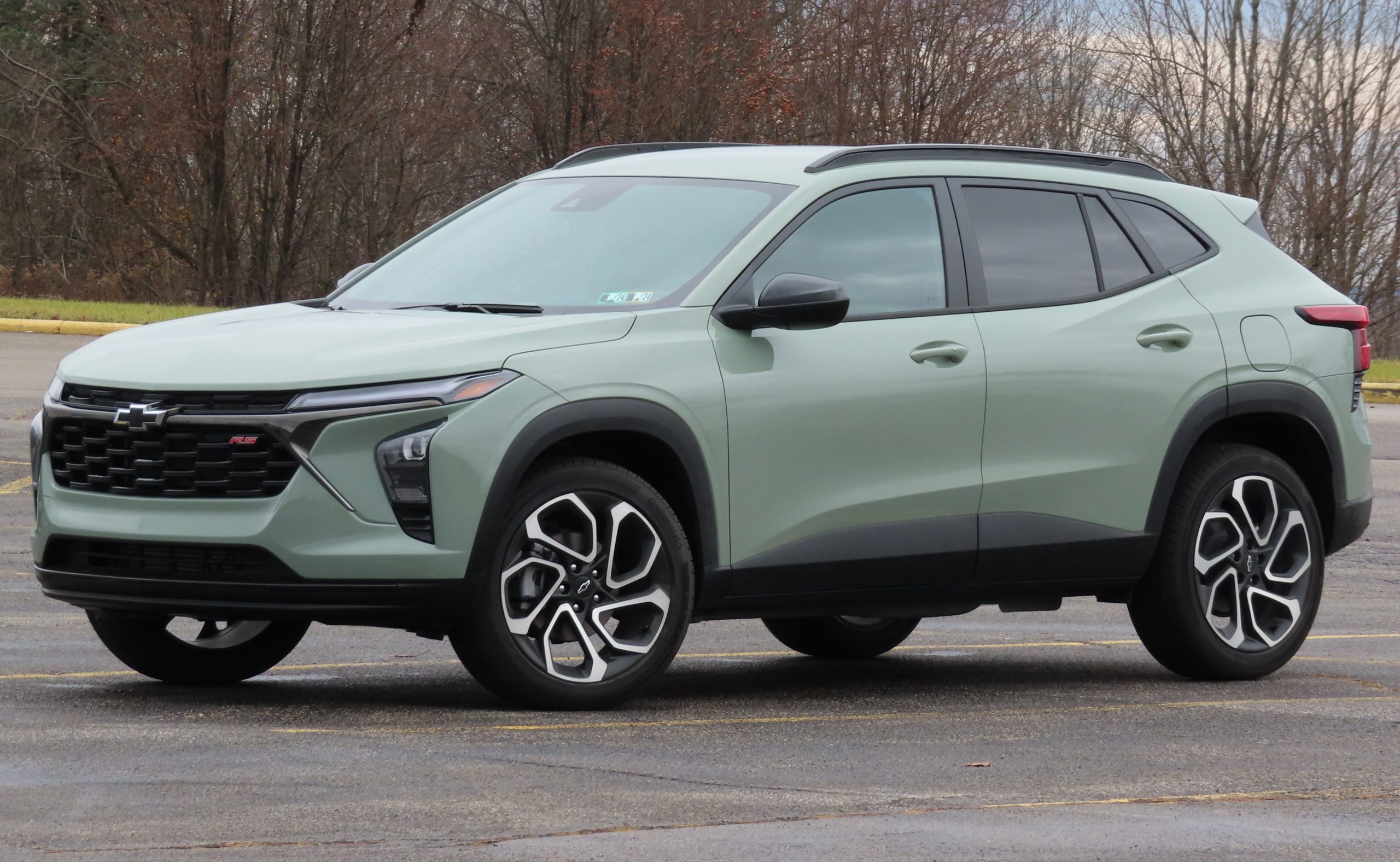
It offers tremendous value for the price, and its size makes it ideal for navigating tight urban streets and parking spots.
However, the lack of power means it’s not the best choice for frequent highway drivers or anyone expecting responsive performance. It’s also worth noting that many competitors in the same price range offer more potent engines or optional AWD systems.
In short, the Chevy Trax is built for affordability, not agility. It’s an excellent city commuter—but if you’re in a hurry, you’ll feel every second of that 0–60 climb.
5. Jeep Wrangler 4-Door (Base 3.6L V6, 2025)
0–60 MPH: 9.8 seconds
The 2025 Jeep Wrangler 4-Door with the base 3.6-liter Pentastar V6 may be a legend off the pavement, but when it comes to on-road acceleration, it’s one of the slowest SUVs you can buy.
With a 0–60 mph time of 9.8 seconds, the Wrangler sacrifices speed in favor of off-road chops, body-on-frame ruggedness, and classic Jeep DNA.
The 3.6L V6 produces 285 horsepower and 260 lb-ft of torque, which seems solid—until you consider the Wrangler’s boxy aerodynamics, hefty curb weight, and low-geared driveline.
Whether paired with the 6-speed manual or 8-speed automatic, the engine feels strained during quick acceleration, and the Wrangler’s tall, upright profile does it no favors in terms of wind resistance or highway poise.
Where the Wrangler excels is far from smooth asphalt. It boasts incredible trail capability, thanks to its solid axles, high ground clearance, part-time 4WD, and off-road gear ratios. In Rubicon or Willys trims, it’s nearly unstoppable on rough terrain.
But in base form, especially when used for daily highway duty, its sluggish acceleration can be a drag—both literally and figuratively.
Fuel economy is also middling, with real-world figures often dipping below 20 MPG, especially when larger tires or accessories are added.
Add to that a somewhat noisy ride and imprecise on-road steering, and it becomes clear: the Wrangler is built for adventure, not speed or refinement.

That said, Jeep loyalists rarely buy Wranglers for their sprint times. They buy them for the removable doors, roofless freedom, heritage, and off-road fun.
But for drivers who spend most of their time in traffic or on interstates, the Wrangler’s slow acceleration may become a daily nuisance—especially if you’re used to more responsive crossovers.
Bottom line: if your heart says Jeep but your commute says highway, this SUV might feel like it’s always a beat behind.
The SUV segment has evolved to cover virtually every automotive need—from blisteringly fast performers that rival supercars to slow-but-steady utility vehicles that prioritize practicality above all else.
This duality is what makes the SUV market so dynamic—and also why buyers need to be crystal clear about their priorities.
On one end of the spectrum, we explored the fastest SUVs currently available. Vehicles like the Tesla Model X Plaid and Lamborghini Urus Performante redefine what’s possible from a utility vehicle.
These machines are engineered with staggering horsepower, cutting-edge drivetrains, and track-ready tuning that allow them to rocket from 0–60 mph in under 3.5 seconds.
For buyers who want luxury, space, and exhilarating acceleration all in one, these top-tier SUVs offer the full package—with a price tag to match. They’re not just fast “for SUVs”—they’re fast, period.
But raw speed isn’t everything. On the other end, we highlighted the slowest SUVs, such as the Toyota Corolla Cross Hybrid and Jeep Wrangler V6. While they may lag in the acceleration department, they excel in areas like fuel efficiency, ruggedness, and affordability.
These are vehicles designed with intention—whether that’s urban commuting, trail crawling, or delivering value-packed versatility for families. Slow doesn’t necessarily mean bad—it just means a different kind of purpose.
This contrast between fast and slow SUVs illustrates an important truth: performance should be evaluated in context.
A 9-second 0–60 time might be unacceptable for a luxury crossover but perfectly reasonable for an off-road rig or budget commuter. Likewise, lightning-quick acceleration is thrilling, but for many people, it’s irrelevant to their daily needs.
Ultimately, whether you’re shopping for an SUV that pins you to your seat or one that simply gets you there reliably and efficiently, the market has you covered.
The key is knowing what kind of performance matters to you—because in today’s SUV world, speed is just one of many ways to measure greatness.
Also Read: 5 Cars That Will Never Lose Appeal vs 5 That Already Did

